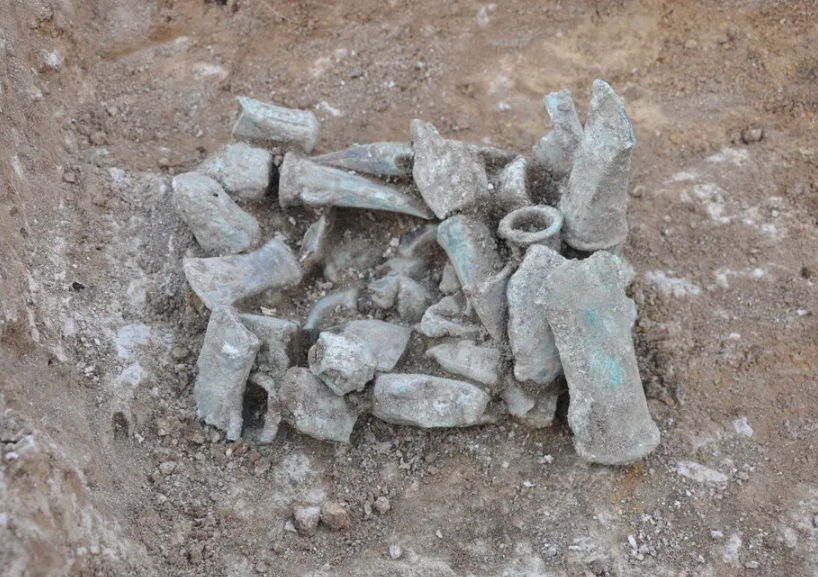English Teenager Finds Bronze Age Ax Using a Metal Detector


In the United States, when metal detectors hit it big, it’s usually by finding familiar riches: lost engagement rings, expensive jewelry or coins of untold value. In Britain, the biggest successes often involve discoveries of treasures from ancient eras — like the 3,000-year-old ax that a teenager unearthed in eastern England in September.
The Bronze Age in Britain lasted from 2,300 B.C. to 800 B.C., during a period referred to as prehistoric England, before there were written records, according to English Heritage, a charity that manages historic monuments, buildings and places. (The circular earthwork of Stonehenge, for comparison, was built around 3,000 B.C., and its central stone settings were created around 2,500 B.C.) Around the start of the Bronze Age, the first metal weapons and jewelry began to arrive in Britain, and people were buried with these items in individual graves.